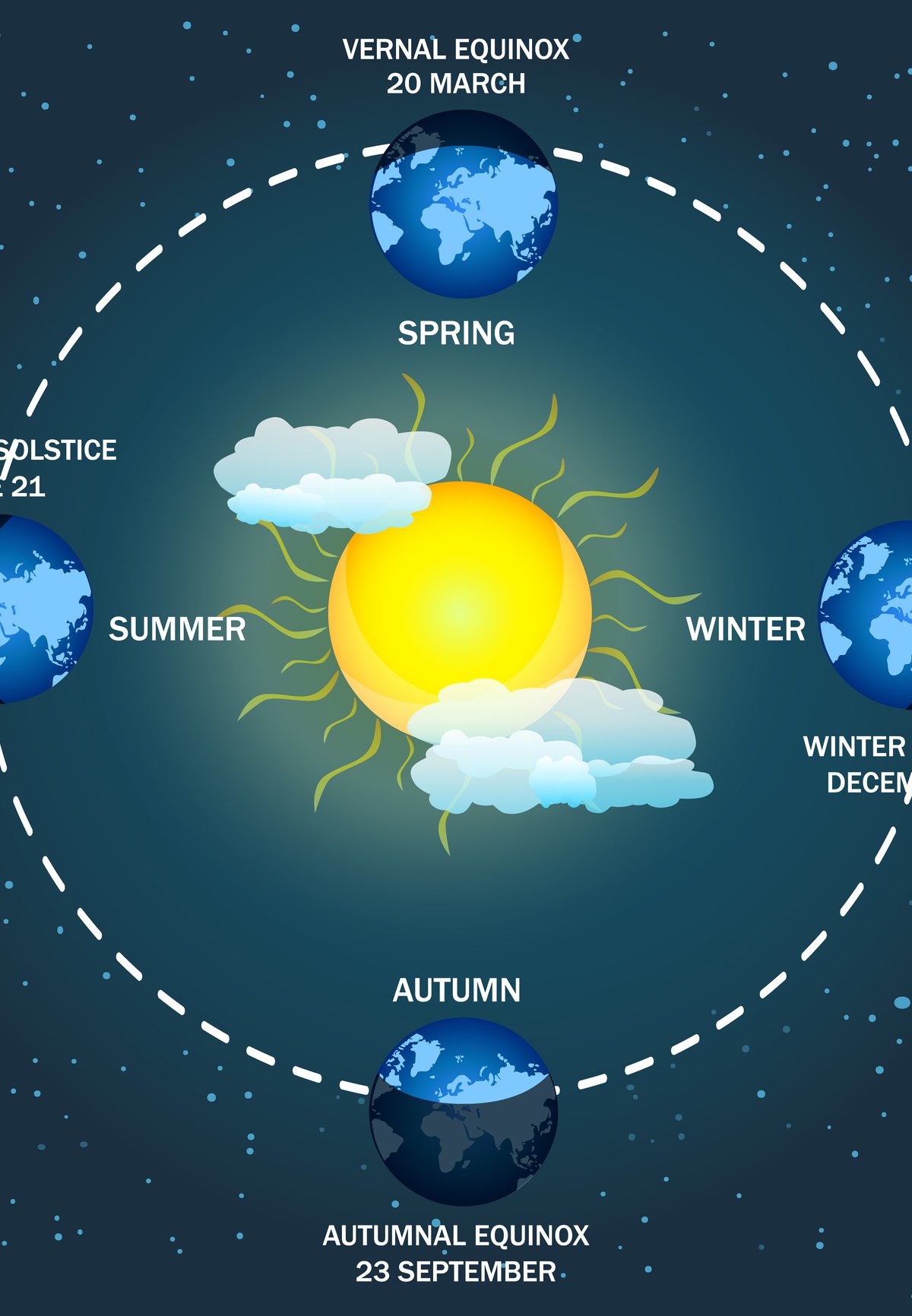Every year, various astronomical events occur on Earth, such as different solar and lunar eclipses that create impressive spectacles in the day and night sky. However, there are two other events that occur every year, and Like eclipses, they were associated with various superstitions and cultural traditions: solstices and equinoxes.
For example, many believe that the iconic Stonehenge monument in England is related to the summer solstice. The main axis of the stones that make up the structure are aligned to the solstice. The spring equinox is associated with rebirth and fertility, especially in pagan cultures.
In the northern hemisphere, St. John’s celebrations are tied to the summer solstice, while in Brazil they occur on the winter solstice. However, there are many other superstitions surrounding these astronomical events, such as Mabon, a holy day for the Wiccan religion celebrated at the autumn equinox.
Elimination of superstitions and cultural connotations, It is important to emphasize that both events are part of the Earth’s natural process.In fact, many scientists use this period to study astronomical questions.
“You may know that solstices and equinoxes signal changing seasons on Earth, but do you remember which is which? Are they just different names for the same thing? In reality, Solstice and equinox are kind of opposites.”, describes the Encyclopedia Britannica.
Solstice and equinox
The equinox occurs twice a year, specifically when the Sun is directly above the Equator. During these dates, day and night are of equal length. In the Northern Hemisphere, the vernal equinox occurs on March 21, and the autumnal equinox occurs on September 23. In the Southern Hemisphere, these dates are reversed: the autumnal equinox occurs on March 21, and the vernal equinox occurs on September 23.
In the case of the solstice, the event occurs twice a year. When the apparent path of the Sun is further north or south of the Equator. In the Northern Hemisphere, the summer solstice occurs on June 20 or 21, and in the Southern Hemisphere, it occurs on December 21 or 22. The winter solstice occurs on December 21 or 22 in the Northern Hemisphere, and on June 20 or 21 in the Southern Hemisphere.
We cannot help but mention that these events are very important for understanding some scientific issues, as they mark the beginning of seasons and help understand the changes that affect the planet’s climate. They are also used in various astronomical studies, such as solstices and equinoxes, the orbit and tilt of the Earth’s axis.
“Seasons change on Earth because the planet tilts slightly on its axis as it orbits the Sun. This means that different spots on Earth receive more or less sunlight at different times of the year. If the Earth were not tilted, the Sun would always appear directly above the Equator, the amount of light a given location would receive would remain constant, and there would be no seasons.The Encyclopedia Britannica adds: There will also be no need to mark the equinoxes and solstices.
Did you like the content? Stay up to date with more works like this on TecMundo and take the opportunity to discover what seasons are like on other planets in the Solar System. Until later!
Source: Tec Mundo
I’m Blaine Morgan, an experienced journalist and writer with over 8 years of experience in the tech industry. My expertise lies in writing about technology news and trends, covering everything from cutting-edge gadgets to emerging software developments. I’ve written for several leading publications including Gadget Onus where I am an author.












